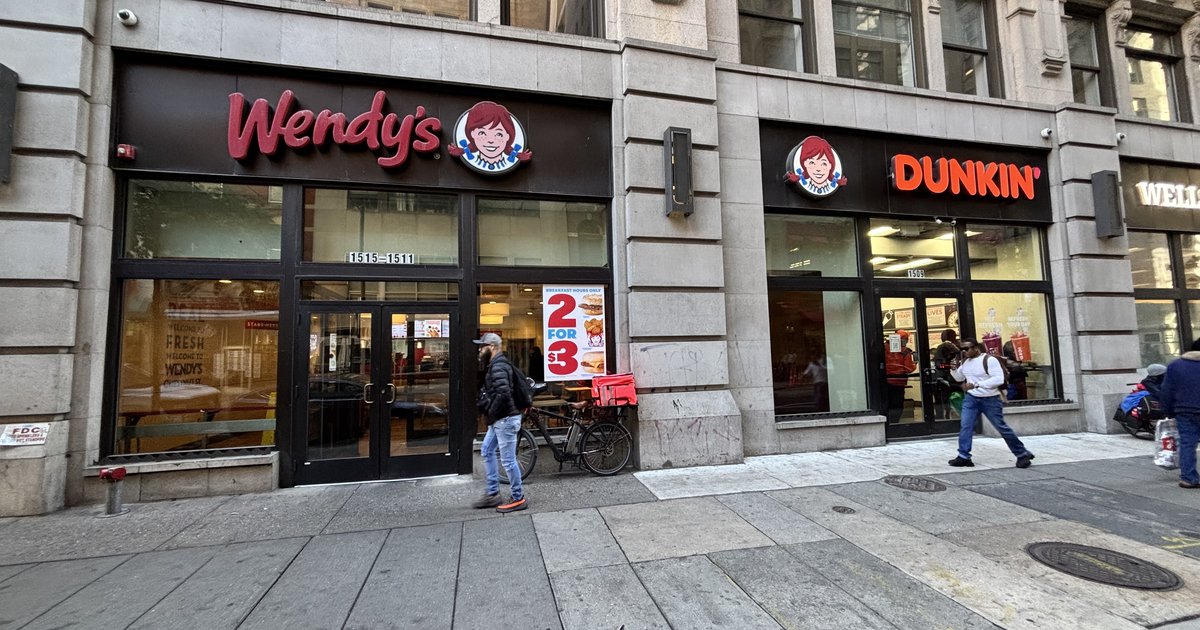Late for work with no time to pack a lunch, on a long car trip with limited meal options, living in a neighborhood without a nearby grocery store – there are many reasons why people eat fast food, even knowing it’s not the most nutritious choice.
“There are people who actually are going to fast food places, because they may not have the money. They may have to consume fast food for their nourishment, and that is OK,” said Natasha Evans, a registered dietitian nutritionist at Thomas Jefferson University. “We have to realize that for some people, it’s not a choice.”
MORE: An ‘alarming’ amount of young people use cannabis to fall asleep, study shows
Dietitians are not the “food police,” Evans said, adding that “there’s no shame in convenience eating.”
As with many things in life, when it comes to fast food, it’s about achieving balance, Evans said.
“There are no good and bad foods,” she said. “It’s about the frequency and the choices that you’re making.”
Evans is not denying that fast food poses health risks.
Many items on fast-food menus are high in calories, saturated fats, carbohydrates, added sugars and salt – and low in fiber, nutrients and minerals. Eating a regular diet of these foods puts people at an elevated risk for long-term health issues, such as weight gain, high blood pressure, diabetes and heart disease, as well as shorter-term problems, such as bloating and digestive issues, Evans said.
Research has found people living in “food swamps” — areas with a high concentration of fast food restaurants and convenience stores selling junk food — have higher rates of obesity. Studies also have found people who eat fast food twice a week or more are at double the risk of obesity, compared to people who consume it less than once a week.
About 42% of adults and about 20% of children in the United States have obesity, and about 36% of people eat fast food on any given day.
And fast food doesn’t appear to be going away anytime soon. Fast food restaurants experienced “a startling surge” in sales during the pandemic, according to a recent paper from the National Bureau of Economic Research reports.
“Talking about that context” for convenience eating “and not having that kind of eerie or evil kind of feeling about fast food that really does come with it” is important for helping people navigate their food landscapes, Evans said.
“There is a middle ground,” she said. “You can still enjoy what you’re consuming and kind of make healthier choices.”
Evans shared the following advice about how to make healthier choices when it comes to fast food:
• Select dishes with leaner protein options, such as grilled chicken and beans, and avoid fried foods.
• Avoid high-fat, creamy dressings and sauces, or ask for them on the side.
• Opt for a kid’s-size meal or portion, or share a larger meal with a partner.
• Stay hydrated with water and avoid sugary sodas and drinks on the menu.
• Beware of high-calorie salads with heavy dressings and fried toppings.
• And try mindful eating: “That’s a practice that we (dietitians) love to talk about and that definitely works,” Evans said. “Just slowing down, chewing your food and recognizing when you’re satiated.”

